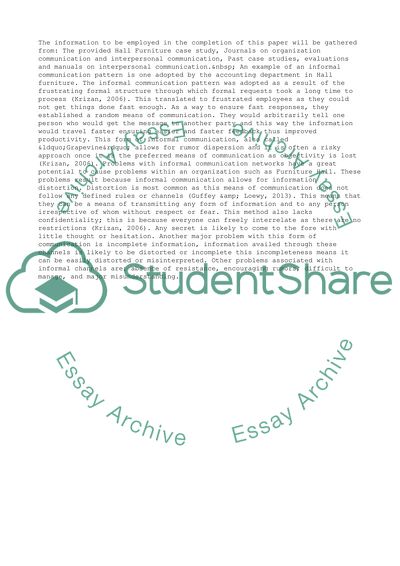Cite this document
(“Business Communication 4 Assignment Example | Topics and Well Written Essays - 1750 words”, n.d.)
Business Communication 4 Assignment Example | Topics and Well Written Essays - 1750 words. Retrieved from https://studentshare.org/business/1478554-business-communication
Business Communication 4 Assignment Example | Topics and Well Written Essays - 1750 words. Retrieved from https://studentshare.org/business/1478554-business-communication
(Business Communication 4 Assignment Example | Topics and Well Written Essays - 1750 Words)
Business Communication 4 Assignment Example | Topics and Well Written Essays - 1750 Words. https://studentshare.org/business/1478554-business-communication.
Business Communication 4 Assignment Example | Topics and Well Written Essays - 1750 Words. https://studentshare.org/business/1478554-business-communication.
“Business Communication 4 Assignment Example | Topics and Well Written Essays - 1750 Words”, n.d. https://studentshare.org/business/1478554-business-communication.


